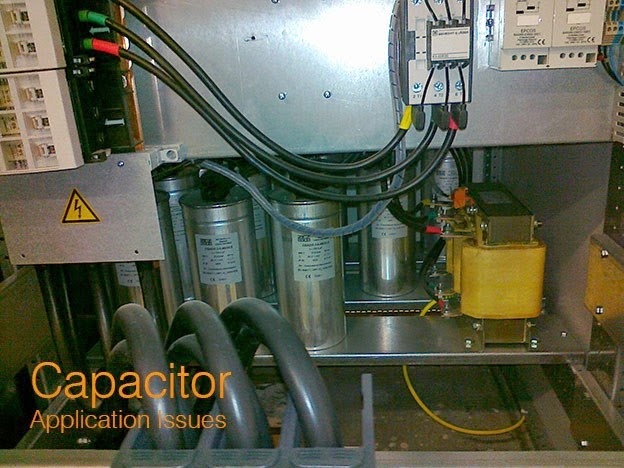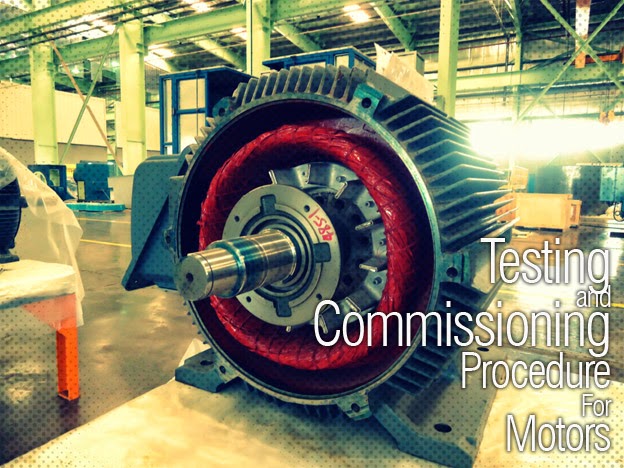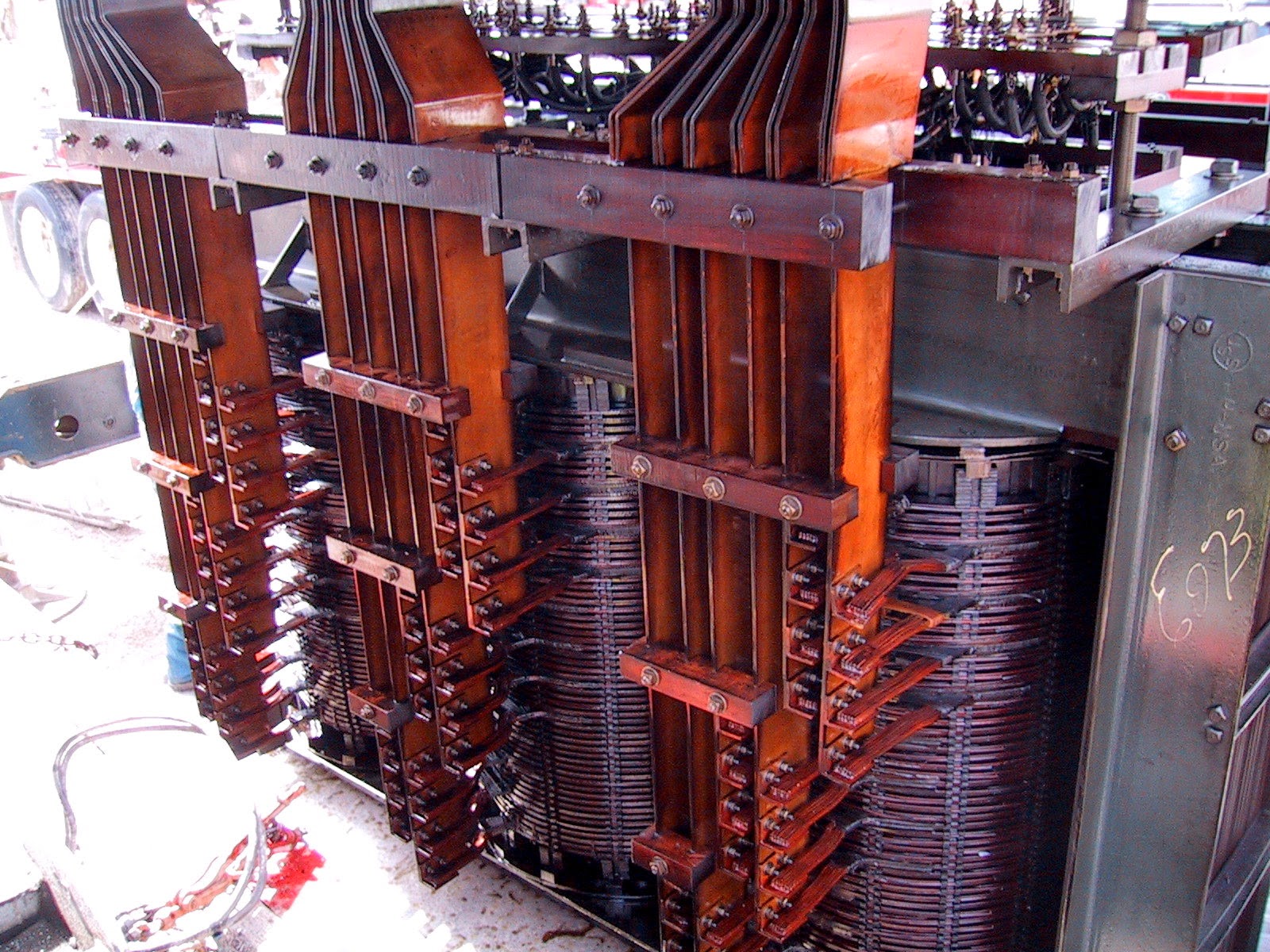 |
| SIEMENS – Network Solutions for Smart Grids |
Introduction
A secure, reliable and economic power supply is closely linked to a fast, efficient and dependable communication infrastructure. Planning and implementation of communication networks require the same attention as the installation of the power supply systems themselves (fig.1).
Telecommunication for utilities has a long history in the transmission level of the power supply system and Siemens was one of the first suppliers of communication systems for power utilities. Since the early 1930s Siemens has delivered Power Line Carrier equipment for high-voltage systems. In today’s transmission systems, almost all substations are monitored and controlled online by Energy Management Systems (EMS).
The main transmission lines are usually equipped with fiber-optic cables, mostly integrated in the earth (ground) wires (OPGW: Optical Ground Wire) and the substations are accessible via broadband communication systems.
- The two proven and optimal communication technologies for application-specific needs are Synchronous Digital Hierarchy (SDH) and Ethernet.
Fiber-optic cables are used whenever it is cost-efficient. In the remote ends of the power transmission system, however, where the installation of fiber-optic cables or wireless solutions is not economical, substations are connected via digital high-voltage power line carrier systems.
 |
| Figure 1 – Complete communication network solutions to build a Smart Grid for power utilities |
The situation in the distribution grid is quite different. Whereas subtransmission and primary substations are equipped with digital communication as well, the communication infrastructure at lower distribution levels is very weak.
In most countries, less than 10 % of transformer substations and ring-main units (RMU) are monitored and controlled from remote.
- The rapid increase in distributed energy resources today is impairing the power quality of the distribution network. That is why system operators need to be able to respond quickly in critical situations.
A prerequisite for this is the integration of the key ring-main units as well as the volatile decentralized wind and solar generation into the energy management system, and thus into the communication network of the power utilities.
Because the local environment differs widely, it is crucial that the right mix of the various communication technologies is deployed.
This mix will need to be exactly tailored to the utilities’ needs and the availability of the necessary infrastructure and resources (e.g., availability of fiber-optic cables, frequency spectrum for wireless technologies, or quality and length of the power cables for broadband power line carrier).
Click the download Button then Skip the advertisement and then download the file














































